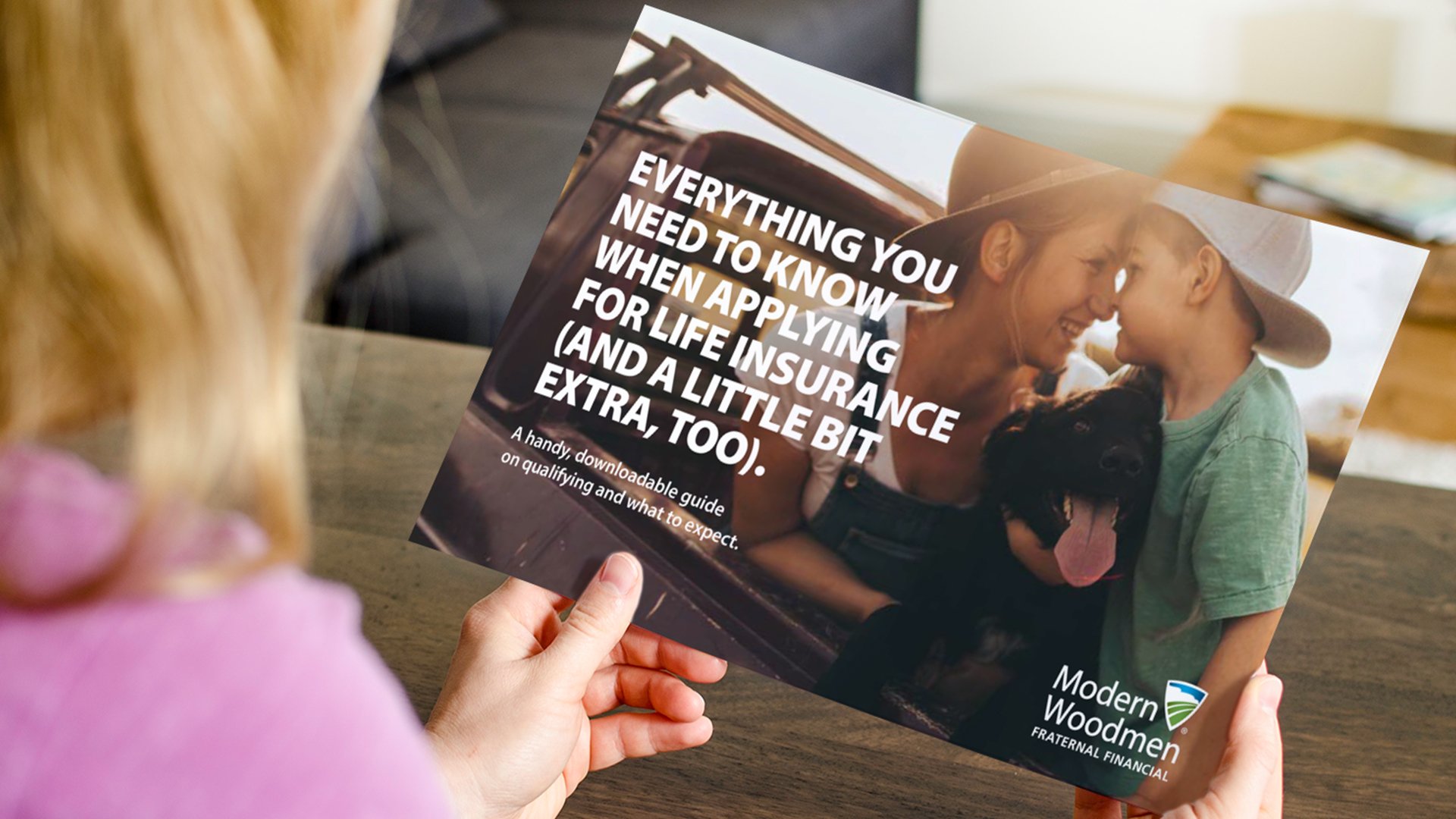
If you’re like most parents, you have about five things on your mind right now — from shuffling kids to sports activities to figuring out dinner. Well, grab your pen, because we’re about to add one: reviewing your life insurance beneficiaries.
Don’t worry; we’ll keep it short and simple. This isn’t overwhelming stuff, but it is critically important. Assigning the right beneficiaries for your life insurance can prevent problems and protect your loved ones down the road by ensuring your loved ones receive your death benefit when you pass away.
In this article, we’ll cover the basics of life insurance beneficiaries, including the types you can assign. Did you know there’s more than one type? Then we’ll talk about three myths most people have about their beneficiaries. By the time you’re finished reading, you’ll have all the facts and won’t be misled. So, let’s get started!
What is a life insurance beneficiary?
A life insurance beneficiary is a person (or entity) who receives a payment if and when the named insured passes away. A beneficiary is designated during the application process and can be an individual, more than one person, a trust, or even a charitable organization. There are two main types of insurance beneficiaries:
Primary beneficiary
- This person is first in line to receive your benefit when you pass away. It can also be an organization or trust. It’s incredibly important to choose a primary beneficiary at the get-go. At least every two years, or when you experience a life-changing event, such as divorce, you’ll want to review your primary beneficiary to make sure it’s still the right person or organization to receive your benefit.
Contingent beneficiary (also known as secondary beneficiary)
- This person or organization is next in line and will receive your benefit if the primary beneficiary is no longer alive or can’t be found.
You can also name multiple primary and contingent beneficiaries. Let’s say you have four adult children, for example. If you’d like, you can name them all as primary or continent beneficiaries.
Just keep in mind, you’ll need to specify how you’d like to divide your benefit among them. Usually, you’ll name a percentage for every person, e.g., 25% per adult child.
Minor beneficiaries are not legally eligible to receive direct life insurance payments until they turn 18, so it’s important to consider how you want those benefits managed on their behalf. One option is to designate a trusted adult as the beneficiary on behalf of your children; in most cases this would be the same as the children’s designated legal guardian.
Alternatively, setting up a trust can protect your benefits for your children until they reach a certain age. A financial representative or estate planning expert can help point you in the right direction — and give you a few tips to keep your children and benefit protected.
Next, let’s cover the top myths you may (or may not) have heard about beneficiaries and life insurance.
Myth: Your will overrides your insurance primary beneficiary

If you have a will, you may be wondering if it impacts your life insurance and the beneficiaries you designated. Some people assume that if a will lists someone else as the beneficiary, that person is entitled to receive the life insurance benefit.
Nope. The truth is, your life insurance company will send the benefit payment to the person listed as your primary (or contingent, if applicable) beneficiary you’ve assigned —not the person named in your will. That’s why it’s so critical to make sure your policy designates the right person or entity, even if you have an updated will.
Fortunately, if you need to update or change your beneficiary, it’s pretty easy. All you have to do is contact your life insurer via phone, email or your online account. Then complete a beneficiary change form. On the form, you’ll provide details about your new beneficiary, including their full name, date of birth, Social Security number (or identification, if required), and the percentage of the benefit you’d like to allocate to this person.
Once you submit the form, keep a copy of your records and keep your eyes peeled for a confirmation of the change from your insurer. We recommend reviewing your beneficiaries regularly, and especially after major life events (marriage, divorce, or the birth of a child).
Myth: Your life insurance beneficiary receives the money right away without having to do anything else
Not exactly. Although we like to keep the process as simple as possible at Modern Woodmen, it’s not automatic. Beneficiaries still need to file a claim with us and provide a death certificate before receiving the benefit payment. If your beneficiary doesn’t file a claim, the money may remain unclaimed.
The reason is fairly simple. Insurers must do their due diligence to make sure the insured has actually passed away and the claim is legitimate. Without a claim and death certificate, insurers can’t move forward with paying beneficiaries.
Lesson learned? Make sure your beneficiary (or beneficiaries) know they’re listed on your policy, as well as the process for filing an insurance claim. After all, if you pass away unexpectedly, they’ll have enough on their minds. It helps to inform them ahead of time.
Myth: If a minor is a primary beneficiary, they can receive insurance payments directly

Even if your minor children (or teens) are mature, they can’t legally receive life insurance payments directly. A minor is any child under age 18 or 21 in some states.
If you list a minor as a beneficiary, and you suddenly pass away, a court-appointed guardian or trustee must manage the funds until your minor reaches age 18. This isn’t ideal. When the courts get involved, it can result in costs and delayed access to the benefit you intended they receive.
Instead, we recommend establishing a trust or designating a guardian as a beneficiary who will honor your wishes. Creating a trust has a few key advantages:
- You can control how the funds are used.
- You can protect the funds from misuse or mismanagement.
- If needed, you can assign a professional trustee to manage the funds.
There are a few more helpful tips where these came from. If you’re in the midst of estate planning, you’ll want to check out our other article: 6 Estate Planning Mistakes & How To Avoid Them.
Don’t have life insurance yet?
You’re not alone. A 2023 study reported that 48% of Americans1 do not have life insurance coverage. Among those who do have coverage, many of them are underinsured. It’s smart to start looking now — before something happens to you and your family is in need.
If you’re wondering how much life insurance you should buy, we can help. You can also talk to a Modern Woodmen financial representative to get personalized recommendations for your family. Lastly, if you’re ready to apply, we aim to help make it as simple as possible.
Before you roll up your sleeves to submit an application, read our guide: What to Expect From the Life Insurance Application Process. It’ll help you collect information ahead of time and expedite the process. Before you know it, you’ll be on your way to protecting your family and having the peace of mind you deserve.





